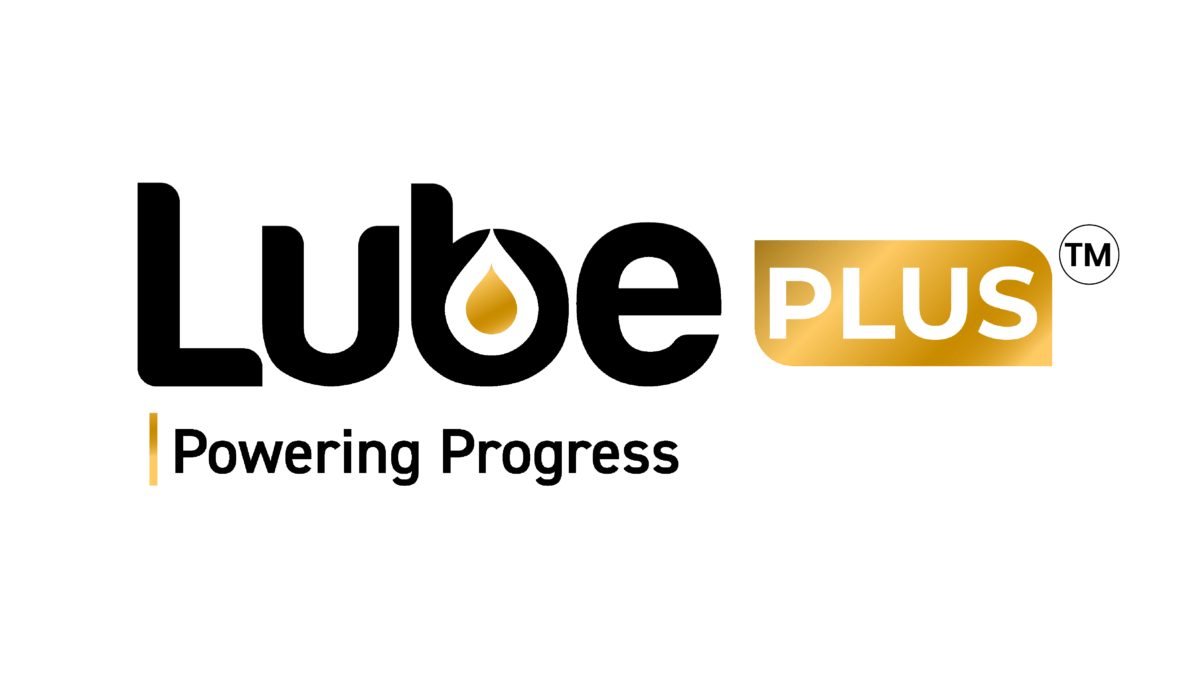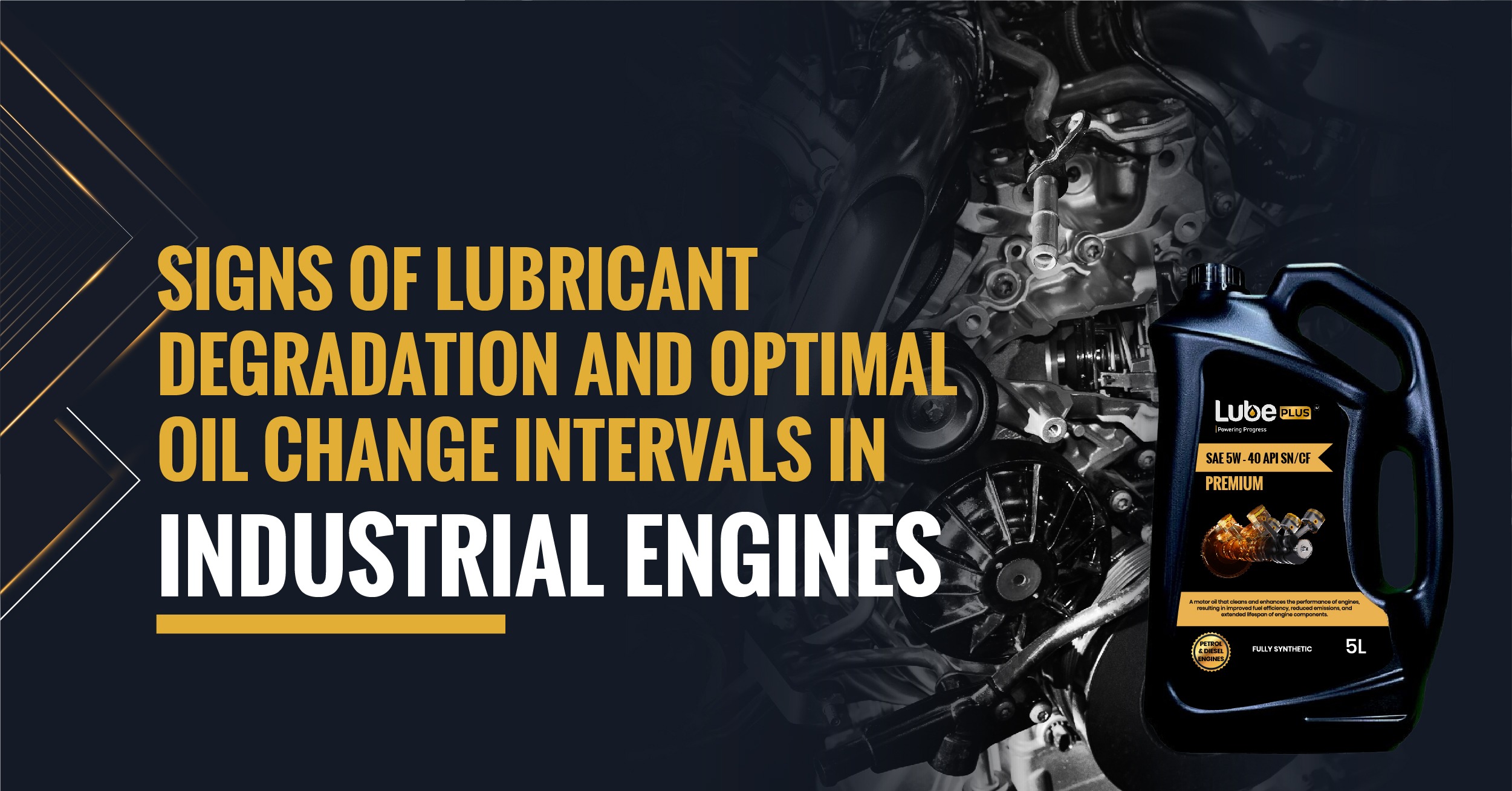Lubricants are essential for the proper functioning and performance of industrial engines, as they provide lubrication, cooling, sealing, and corrosion protection. However, lubricants can also degrade over time due to various factors, such as oxidation, thermal degradation, contamination, additive depletion, and wear. Lubricant degradation can lead to reduced efficiency, increased wear, and potential engine failure. Therefore, it is important to monitor the condition of the lubricants and change them when necessary. In this blog post, we will explore some of the signs of lubricant degradation and how to determine the optimal change intervals for industrial engines.
What are the signs of lubricant degradation?
Lubricant degradation can manifest in different ways, depending on the type and severity of the degradation mechanism. Some of the common signs of lubricant degradation are:
• Change in color: Lubricants can change color due to oxidation, thermal degradation, or contamination. Oxidation causes the lubricant to turn darker and more viscous, while thermal degradation causes the lubricant to turn lighter and thinner. Contamination can introduce different colors depending on the source, such as water (milky), coolant (green), fuel (black), or dirt (brown).
• Change in odor: Lubricants can change odor due to oxidation, thermal degradation, or contamination. Oxidation causes the lubricant to smell rancid or acidic, while thermal degradation causes the lubricant to smell burnt or sweet. Contamination can introduce different odors depending on the source, such as water (musty), coolant (sweet), fuel (gasoline), or dirt (earthy).
• Change in viscosity: Lubricants can change viscosity due to oxidation, thermal degradation, or contamination. Oxidation causes the lubricant to become thicker and more resistant to flow, while thermal degradation causes the lubricant to become thinner and more prone to leakage. Contamination can increase or decrease the viscosity depending on the source, such as water (decrease), coolant (increase), fuel (decrease), or dirt (increase).
• Change in acidity: Lubricants can change acidity due to oxidation, thermal degradation, or contamination. Oxidation causes the lubricant to become more acidic, which can corrode the metal surfaces and deplete the additives. Thermal degradation causes the lubricant to form acidic by-products, such as aldehydes, ketones, and carboxylic acids. Contamination can introduce acidic or alkaline substances, such as water, coolant, fuel, or dirt.
• Change in cleanliness: Lubricants can change cleanliness due to wear, contamination, or additive depletion. Wear causes the lubricant to contain metal particles, which can increase friction and damage the engine components. Contamination causes the lubricant to contain water, coolant, fuel, dirt, or other foreign materials, which can reduce the lubricant’s effectiveness and cause corrosion, sludge, or varnish. Additive depletion causes the lubricant to lose its anti-wear, anti-oxidant, anti-foam, or anti-rust properties, which can compromise the lubricant’s performance and protection.
How to determine the optimal change intervals for industrial engines?
The optimal change intervals for industrial engines depend on various factors, such as the type and condition of the engine, the type and quality of the lubricant, the operating environment and conditions, and the maintenance practices. There are different methods to determine the optimal change intervals, such as:
• Manufacturer’s recommendation: This is the simplest and most common method, which follows the guidelines provided by the engine manufacturer based on the engine specifications and the lubricant specifications. However, this method may not account for the actual condition of the lubricant and the engine, and may result in unnecessary or premature oil changes.
• Oil analysis: This is the most accurate and reliable method, which monitors the condition of the lubricant and the engine through regular sampling and testing. Oil analysis can measure various parameters, such as viscosity, acidity, cleanliness, metal content, water content, and additive content, and compare them with the baseline values and the limits. Oil analysis can also identify the type and severity of the degradation mechanism, and provide recommendations for corrective actions. Oil analysis can help optimize the oil change intervals based on the actual condition of the lubricant and the engine, and prevent potential problems and failures.
• Condition-based monitoring: This is a more advanced and proactive method, which uses sensors and software to monitor the condition of the lubricant and the engine in real time. Condition-based monitoring can detect any changes or anomalies in the lubricant and the engine parameters, such as temperature, pressure, flow, vibration, sound, or emissions, and alert the operator or the maintenance personnel. Condition-based monitoring can also use artificial intelligence and machine learning to analyze the data and predict the remaining useful life of the lubricant and the engine, and suggest the optimal oil change intervals.
Why choose LubePlus Energies for your lubricant needs?
If you are looking for high-quality lubricant products for your industrial engines, you should check out LubePlus Energies. LubePlus Energies is a fast-growing brand that offers lubrication solutions for the automotive and industrial sector. They have a wide range of lubricant products for different types of engines and systems, such as:
• LubePlus Energies Engine Oil: This is a premium engine oil that provides superior lubrication and protection for your engine. It is formulated with high-quality base oils and additives, and it meets or exceeds the specifications of major engine manufacturers. It is available in different grades and viscosities, such as LubePlus Energies Engine Oil 5W-30, LubePlus Energies Engine Oil 10W-40, and LubePlus Energies Engine Oil 15W-40.
• LubePlus Energies Hydraulic Oil: This is a high-performance hydraulic oil that provides excellent protection and performance for your hydraulic system. It is suitable for moderate to severe operating conditions, such as high pressure, high speed, high temperature, and high load. It meets or exceeds the specifications of API GL-4, and is compatible with most types of hydraulic systems and components. It is available in different formulations, such as LubePlus Energies Hydraulic Oil 30W API GL-4, LubePlus Energies Hydraulic Oil 10W API GL-4, and LubePlus Energies Hydraulic Oil 68.
• LubePlus Energies Gear Oil: This is a high-quality gear oil that provides reliable protection and performance for your gear system. It is suitable for general purpose gear systems, and can be used in a variety of applications. It offers good anti-wear, anti-foam, and anti-rust properties for your gear system. It is available in different grades and viscosities, such as LubePlus Energies Gear Oil 80W-90, LubePlus Energies Gear Oil 85W-140, and LubePlus Energies Gear Oil 150.
LubePlus Energies also offers other products, such as brake fluids, transmission fluids, and greases. All of their products are made with the finest ingredients, and are tested and certified to ensure quality and performance. Try LubePlus Energies today, and see the difference that lubricant can make for your industrial engines.






